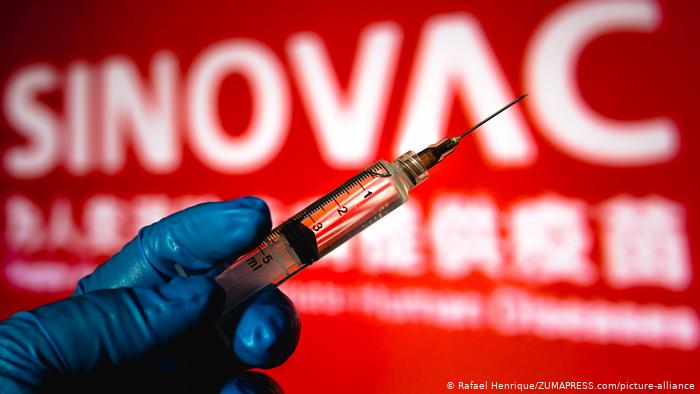ZimFact is publishing a series of fact guides on Covid-19 vaccines as a contribution to the provision of factual information around a pandemic surrounded by so much misinformation.
Sinovac’s CoronaVac vaccine:
The Chinese COVID-19 vaccine commonly known as ‘Sinovac’ is one of four that have been approved by Zimbabwe’s government, alongside Sinopharm (also from China), Sputnik V from Russia and India’s Covaxin.
To date, Zimbabwe has purchased 1,2 million doses of Sinovac as part of its efforts to vaccinate at least 10 million people.
The CoronaVac vaccine was developed using the traditional method, by means of an inactivated virus. In an inactivated vaccine, the virus – in this case the coronavirus causing COVID-19 – is killed or modified in such a way that it is unable to replicate. It cannot cause disease and is, therefore, suitable for those with a compromised immune system.
The inactivation is usually done using heat, radiation or chemicals to destroy the pathogen’s genetic material, which stops it from replicating.
While inactivated vaccines can trigger a strong immune response,
They usually require a person to have booster shots to ensure ongoing protection.
Who developed it?
The vaccine was developed by private Chinese company, Sinovac Biotech Limited, whose securities are listed on the NASDAQ securities in New York.
What is its formal name?
Although widely referred to as “the Sinovac vaccine”, its official name is CoronaVac.
How was it developed?
To create CoronaVac, the Sinovac researchers started by obtaining samples of the coronavirus from patients in China, Britain, Italy, Spain and Switzerland. One sample from China eventually served as the basis for the vaccine.
The researchers grew large stocks of the coronavirus in monkey kidney cells. Then they doused the viruses with a chemical called beta-propiolactone. The compound disabled the coronaviruses by bonding to their genes. The inactivated coronaviruses could no longer replicate. But their proteins, including spike, remained intact.
The researchers then drew off the inactivated viruses and mixed them with a tiny amount of an aluminum-based compound called an adjuvant. Adjuvants stimulate the immune system to boost its response to a vaccine.
How does it fight SARS-CoV-2, the virus which causes COVID-19?
As an inactivated virus vaccine, CoronaVac works by using killed viral particles to expose the body’s immune system to the virus, but without risking a serious disease response.
The body responds by generating antibodies, helping the immune system to fight infection by a live coronavirus.
Storage
Like most conventional vaccines, the CoronaVac vaccine is stored within the 2-8 degrees celsius temperature range.
Efficacy and effectiveness
Vaccine efficacy and effectiveness are often confused and used interchangeably.
Efficacy measures the performance of a vaccine measured during a clinical trial, while effectiveness refers to how well the vaccine does in the real world.
On 16 April 2021, Chile reported a real world study of 10,5 million people in the country had shown the vaccine was 67% effective in preventing symptomatic infection, 80% effective against death by COVID-19, 85% against hospitalisation and 89% against severe illness.
Sinovac data shows that an earlier study in Brazil showed the vaccine had an efficacy of 83.7% against symptomatic COVID-19 infections requiring some medical intervention, 50.65% against mild disease and 100% against hospitalised, severe and fatal COVID-19 cases. Another phase 3 clinical trial conducted in Turkey showed a 91.25% efficacy against symptomatic COVID-19 cases.
Sources: Sinovac Biotech Limited, New York Times, Bloomberg
Do you want to use our content? Click Here












